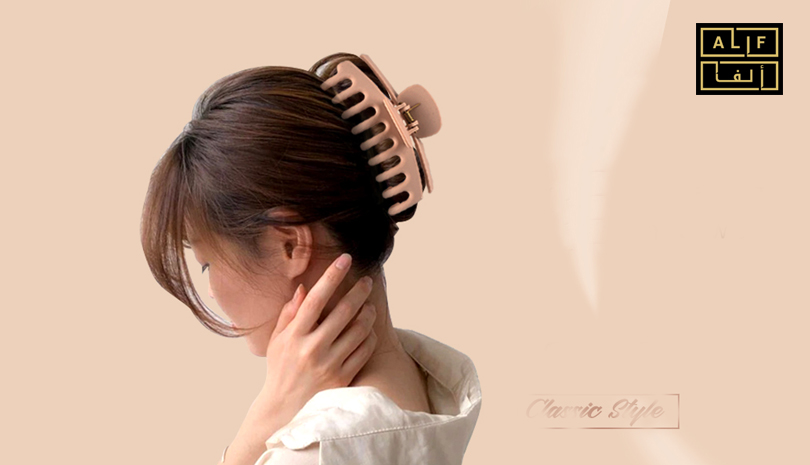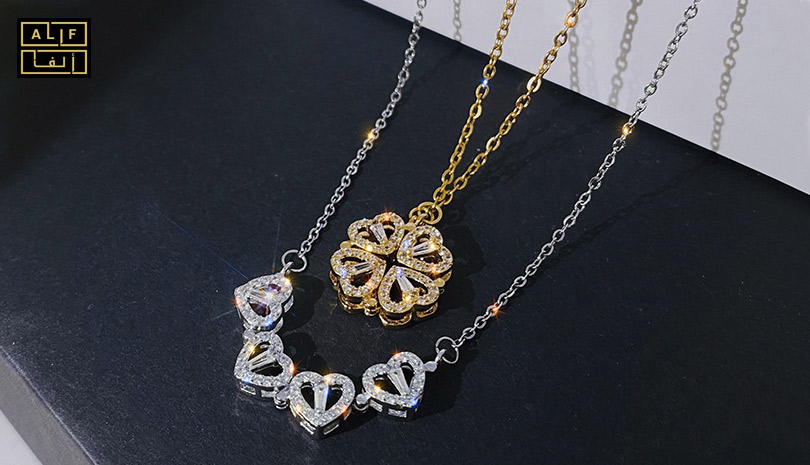
Why are hair claws so popular?
Hair claws have become popular because they are an easy and convenient way to style hair. They are versatile and can be used to hold hair in a variety of styles, including ponytails, buns, and half-up styles. Additionally, many hair claws are made with strong and durable materials, making them able to hold thick or heavy hair without slipping. They also come in different sizes and designs, which can make them appealing to a wide range of people.
Who started the hair claw trend?
It is difficult to say who specifically started the trend of using hair claws, as the use of hair accessories to hold hair in place has been around for many decades. However, hair claws have become particularly popular in the 90s, and it is likely that the trend has been driven by a combination of fashion and social media influence. Many hairstylists, beauty influencers, and celebrities have been seen using hair claws in their hairstyles, which has likely contributed to the popularity of the trend.
Are hair claws good for your hair?
Hair claws can be good for your hair if used correctly and not overused. When used in moderation, hair claws can help to hold your hair in place without causing damage. However, if used excessively or improperly, hair claws can cause damage to your hair.
It is recommended to use hair claws that are made of durable and gentle material, such as plastic or resin, and to avoid using them to tightly hold hair in place. It’s also important to avoid using hair claws to hold wet or damp hair, as this can lead to damage.
Is a hair claw better than a hair tie?
Whether a hair claw is better than a hair tie depends on the individual’s hair type, hairstyle, and personal preference.
Hair claws are generally better for holding hair in place in updos and half-up styles, and can be particularly useful for people with thick, heavy, or curly hair. They can also be less damaging to hair than elastics or hair ties because they distribute the pressure over a larger area of the hair, reducing the chance of breakage.
Overall, both hair claws and hair ties have their own advantages and disadvantages and it’s up to the individual to decide which one works best for their hair type and hairstyle.
Are hair claws still in trend?
Hair claws are still considered as a popular hair accessory in the hair styling industry. They are versatile and can be used to hold the hair in various styles including ponytails, buns, and half-up styles. Additionally, hair claws come in different sizes and designs, which makes them appealing to a wide range of people.
However, fashion and beauty trends are constantly evolving, so it is always possible that hair claws may fall out of fashion in the future. But as of my knowledge, hair claws are still considered a popular hair styling tool.
Which type of hair claw is more classy?
Different types of hair claws can have different levels of classiness, depending on the design and materials used. Here are a few types of hair claws that are considered more classy:
Pearl hair claws: These hair claws are often made with pearls or other semi-precious stones, which give them a sophisticated and elegant look.
Gold or silver hair claws: Hair claws made with gold or silver are often considered more classy than those made with other materials. They add a touch of luxury and elegance to any hairstyle.
French hair claws: French hair claws, also known as French Barrettes, are a classic and elegant option. They are usually made of metal and are often decorated with intricate designs.
Crystal hair claws: Hair claws with crystals can be a great option for adding a touch of elegance to your hairstyle. They come in different designs, from simple to embellished and can give a more dressed-up look.
But personal preference and styling options plays a big role in determining what can be considered as classy. Some people might prefer more simple, minimalistic designs, while others might prefer more attractive or fancy designs.










